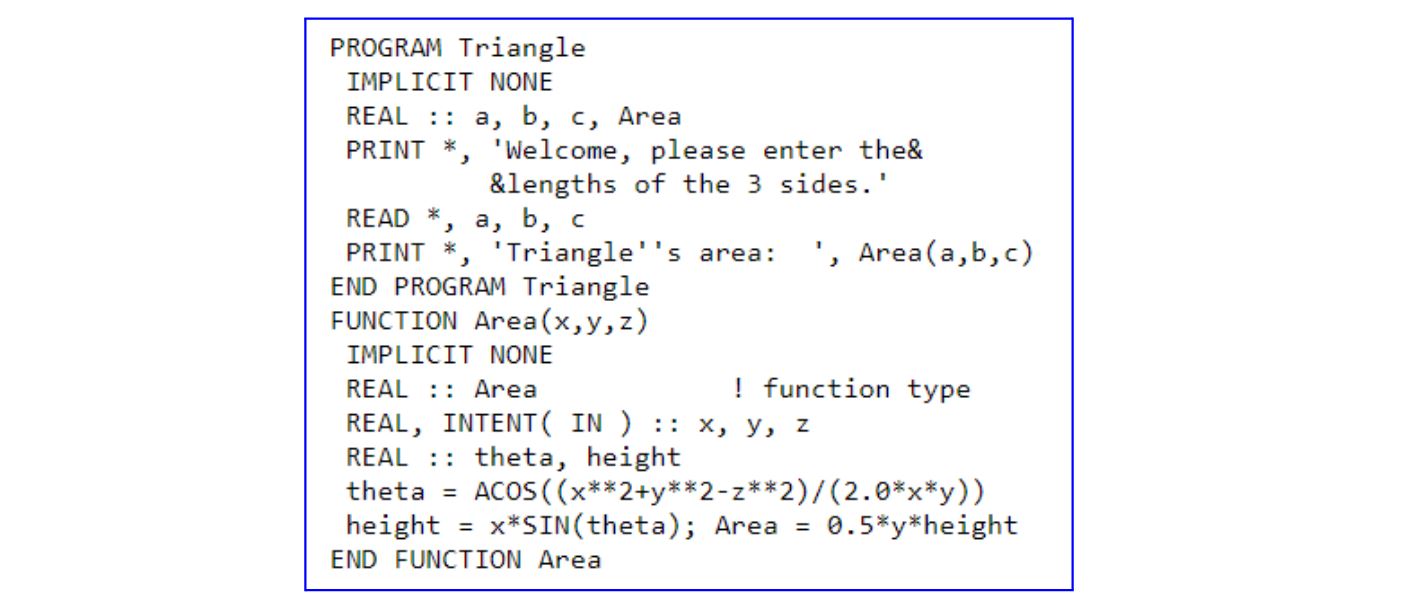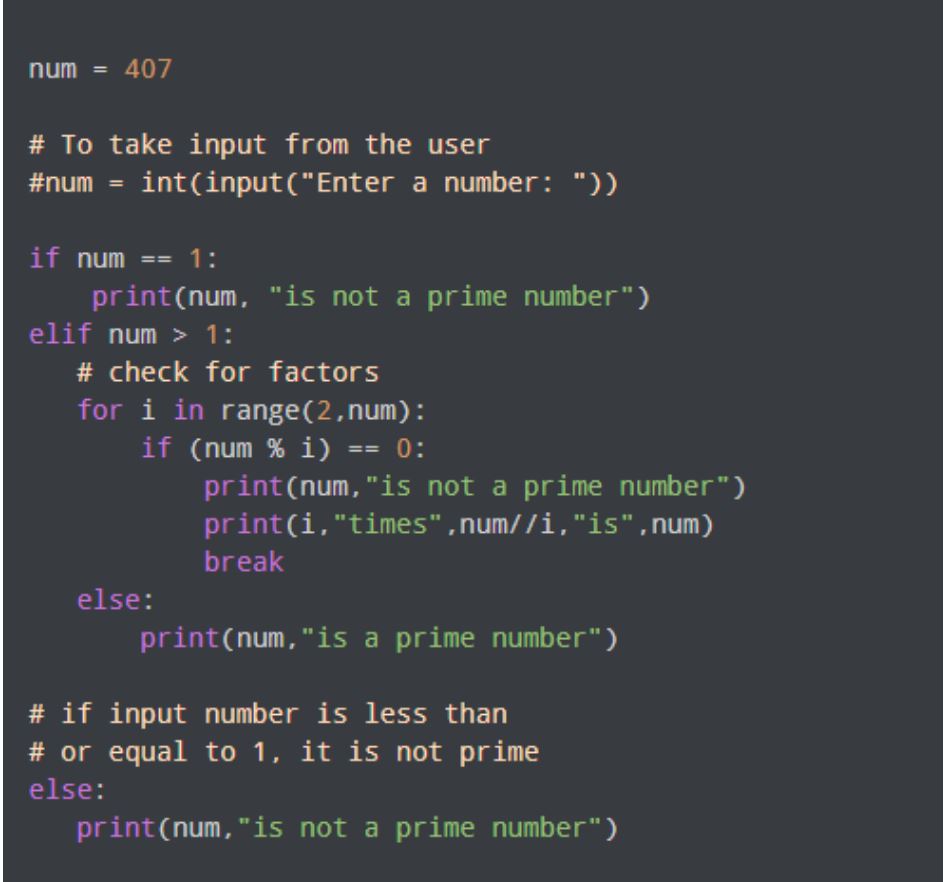What Coding Language Should You Learn First? A Guide To An Informed Decision
Deciding on what coding language to learn first will depend on several factors, such as what you want to do, how you want to use it, and what your goals are for learning coding. Generally speaking, it makes sense to start with a simpler coding language that’s easy to understand.
Much like learning a spoken language, you need to get familiar with the basic syntax (grammar) and semantics (meaning) of the coding language you choose to learn. It’s typically easier to learn high level programming languages because their syntax and semantics have similarities with spoken languages, particularly English.
If you have no background knowledge in programming, it’s best to first learn about algorithms and flowchart symbols. It’s also helpful to study symbolic logic. Computer programming is fundamentally a logical series of commands that are dependent on certain algorithm designs. If you have a basic understanding of those, it makes coding easier to learn.
Which coding language is best for beginners?
All computer programming languages can be learned, but with varying degrees of difficulty. The level of difficulty primarily depends on whether the language intuitively and closely resembles spoken language.
Many high-level programming languages, such as BASIC, C, C++, COBOL, FORTRAN, Java, Pascal, Perl, PHP, Python®, Ruby, and Visual Basic, use symbols, texts, and commands that can be read by humans. They resemble spoken languages. The example below is of lines of code in Fortran 90:

As you can see, the code contains English words. There’s also a logical sequence of definitions of parameters and commands. A high-level language like Fortran 90 can translate human-readable commands into machine codes, such as binary numbers and hexadecimals, that a computer can process.
Conversely, many of the early high-level computer languages closely resemble machine languages. They need to be compiled first before they can be executable by a computer. That means these languages are prone to syntax errors or bugs once you try to run them. They have strict syntax rules that take more time to learn and master.
In contrast, the coding language Python is easier to learn for beginners because it has syntax structures that closely resemble English. Python is also an interpreted programming language. That means each line of code can be checked to see if it works (or not) by running it. In other words, you don’t need to write the entire program to run it and that means you can make small adjustments as you write your program.
Consider this example of a Python program. It uses the “for…else” statement for checking whether a number is a prime number or not.

How to learn coding language for beginners
Learning a coding language is both challenging and rewarding. Once you’ve learned how to program and gained a certain level of proficiency, you can use your skills for a wide variety of applications, from school projects to job-related tasks.
So you know why you want to learn how to code - now it’s time to choose which coding language you want to learn first. It’s best to choose a language that is easy to learn, perhaps something that closely matches a spoken language, like Python.
Here are some steps you might want to take when you start learning how to code:
- Start with looking at and coding simple programs that are already written. This will help you understand the structure and the meaning of the basic code used in the sample programs.
- You can either learn on your own at your own pace by watching video tutorials and practicing code syntaxes. However, if you want to learn more quickly and with less of a trial-and-error approach, you might want to enroll in an online course. There are plenty available, and you may even find some that you can do for free.
- You could also enroll in short-term courses at your local university or college. Having a dedicated instructor who you can ask for tips and advice when working on programming projects can be immensely helpful.
- You might also want to read books on the programming language you want to learn.
- You can use tools, such as programming simulators and integrated development environment (IDE) platforms, to practice programming. Check out Arduino’s IDE to get started.
- Learn from people who know how to code. You might be able to find a mentor or a community or forum for those who are interested in learning how to program. Another option is to enroll in a coding boot camp.
- Finally, practice what you learn by completing coding projects, whether they’re ones already written or ones you write yourself.
What is the Python coding language?
Python is a high-level programming language developed by Guido van Rossum. It was first released to the public more than three decades ago, on February 20, 1991.
The name is derived from the popular BBC TV comedy sketch series, Monty Python’s Flying Circus. Python is a versatile programming language that has many different uses in a wide variety of disciplines, as you’ll see below.
What is the coding language Python used for?
Python coding language is one of the most highly recommended programming languages for beginners. Unlike other high-level programming languages, it does not have the awkwardness of complex syntax. It’s flexible, portable, and has a powerful toolbox.
Python can be used both for developing software applications and building websites, as well as in machine learning, server management, and data mining and analysis, making it highly versatile.
Types of coding language
Computer programming languages are mainly classified into two broad categories: low-level languages and high-level languages.
Low-level languages have very few abstractions. They contain basic instructions that computers can process. Examples of low-level languages are assembly language and machine code language.
High-level languages are more commonly used by programmers as they are a lot easier to read and understand. They basically translate abstract commands into machine codes. High-level languages can be further classified into four major categories: imperative or procedural, functional, logical, and object.
1. Imperative or procedural coding languages In imperative or procedural coding languages, programming is built from one or more procedures, also called subroutines or functions. Examples of languages classified under this category are Cobol, Fortran, and C. These languages specify the step-by-step commands that a computer needs to execute. It is often contrasted with declarative programming, which is focused on what the program should accomplish.
2. Functional coding languages In functional programming, the method of developing a program or software is to use pure functions. A function is a chunk of code that you can use several times instead of rewriting. Coding languages that use this programming paradigm include Haskell, Scala, and Clojure.
3. Logical coding languages A logical language is a declarative approach in computer programming. It is written by first establishing all known facts through logical assertions about a situation, followed by queries. The main role of a computer in this programming paradigm is to maintain data and perform logical deductions. Examples of programming languages that use this paradigm are Prolog and SQL.
4. Object coding languages An object in computer programming can take the form of variable combinations, functions, and data structures. An object has an identity or identifier, state or properties, and behavior or an action that it can perform.
Object-oriented programming organizes software designs around objects rather than functions and logic, and is a declarative approach to programming. Examples of object-oriented programming languages are Java, C++, and Python.
Summary
Deciding on what coding language to learn first depends on many factors, such as your background knowledge and what you want to learn coding for. There are many types of programming languages that you can use, but not all are easy to learn, especially if you’re a beginner. Python is often recommended as the easiest programming language to learn because its syntax resembles English.
Are you an educator looking for coding resources for middle school, high school or university? Take a look at Arduino Education kits and how they can support your hands-on coding and STEM lessons.